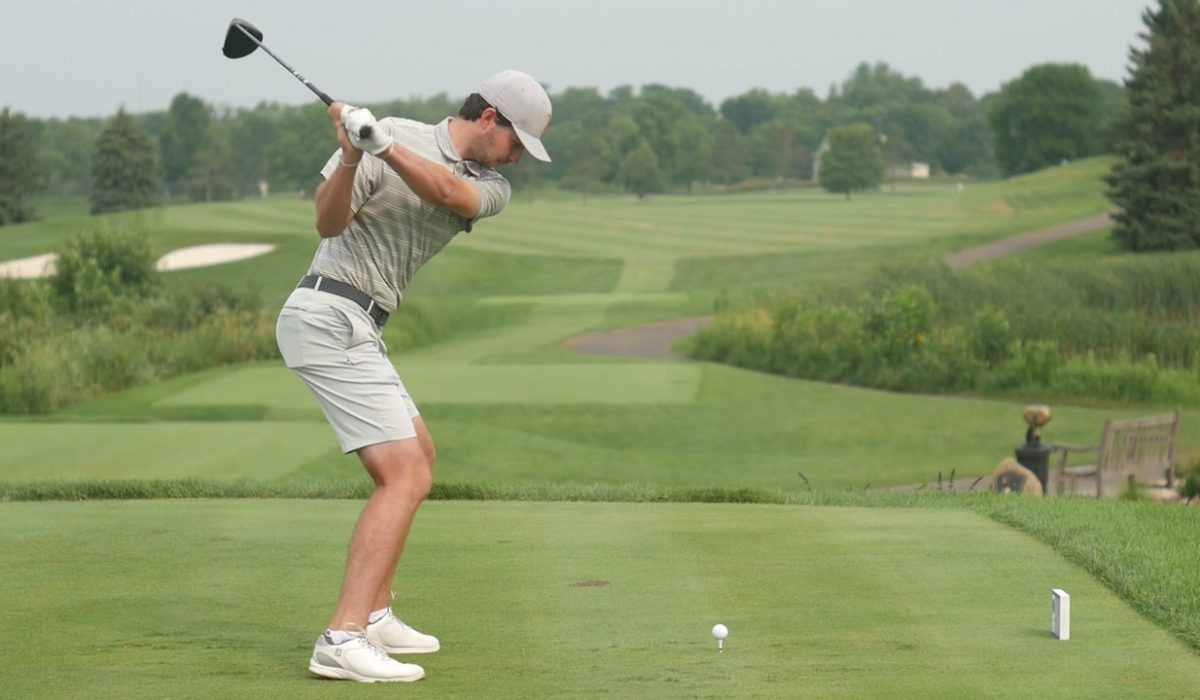A golf operation is a form of business consulting. The core of golf operations is the teaching and coaching of employees to do their jobs better. The major philosophical difference between golf operations and traditional management consulting is this: there is no assumption that the consultant has all the answers.
Golf operations and services
Golf operations and services are a broad area in golf because it includes everything that involves the management of a golf course. Golf operations can include any number of tasks, from the mundane to the complex, but it also requires extensive knowledge of the sport itself. The primary objective of anything that falls into this category is to ensure that the golf course is well-maintained. This helps ensure that players have a pleasant experience when playing on the course. A lot of this responsibility falls to the superintendent, who may be required to perform several tasks, including maintenance work.
One of the most frequent tasks for this position is pruning trees and bushes on the course, which helps maintain sightlines for players and ensures no safety issues with overgrown plants. The superintendent may also have to deal with issues with drainage or irrigation, which can be very important when one needs to grow grass on a golf course.
Golf operations and services professionals may also be tasked with other responsibilities depending on their particular positions. For example, some courses have one person in charge of tee times for members, while other courses have separate individuals assigned to each task to perform their jobs more efficiently.
Main duties of a golf operation
The following is a list of duties and responsibilities of a golf course operations manager:
- Supervise and coordinate maintenance activities on the golf course, including mowing, trimming, irrigation, aeration, and renovation of tees, greens, and fairways.
- Set up and supervise the work of greens crews.
- Prepare seasonal work plans for the maintenance crew.
- Supervise and coordinate activities such as spraying for pests and disease control; fertilizing; herbicide treatments; seeding; planting trees, shrubbery, flowers, and grasses; installing irrigation systems and sprinkler heads; constructing cart paths and drainage structures; constructing bridges and other structures on the course such as gates and shelters; repairing roads and cart pads; clearing drainage ditches of debris; setting up irrigation systems in fairways to control the growth of turfgrass species in different seasons of the year; adjusting sprinkler heads that are used to water greens when needed to provide optimum conditions for turf growth in that area at that time.
